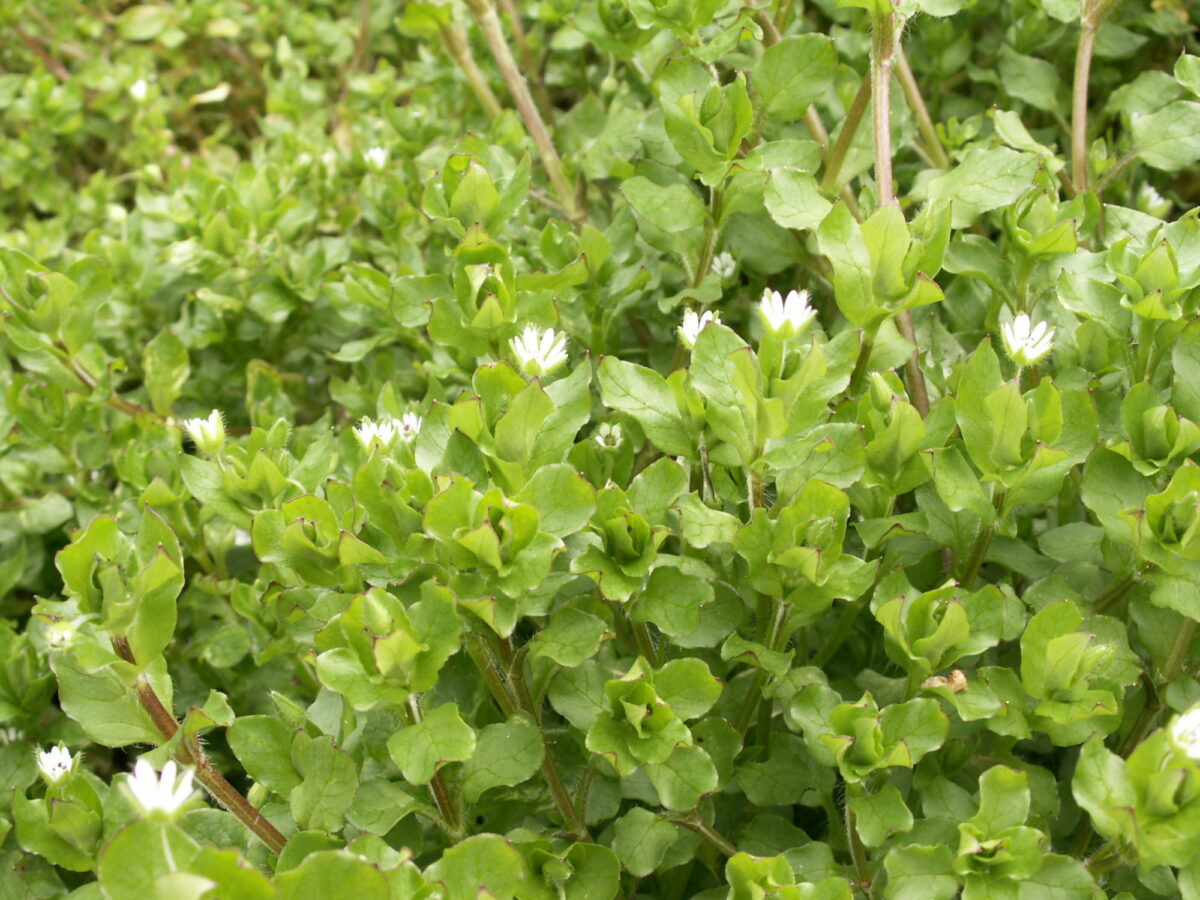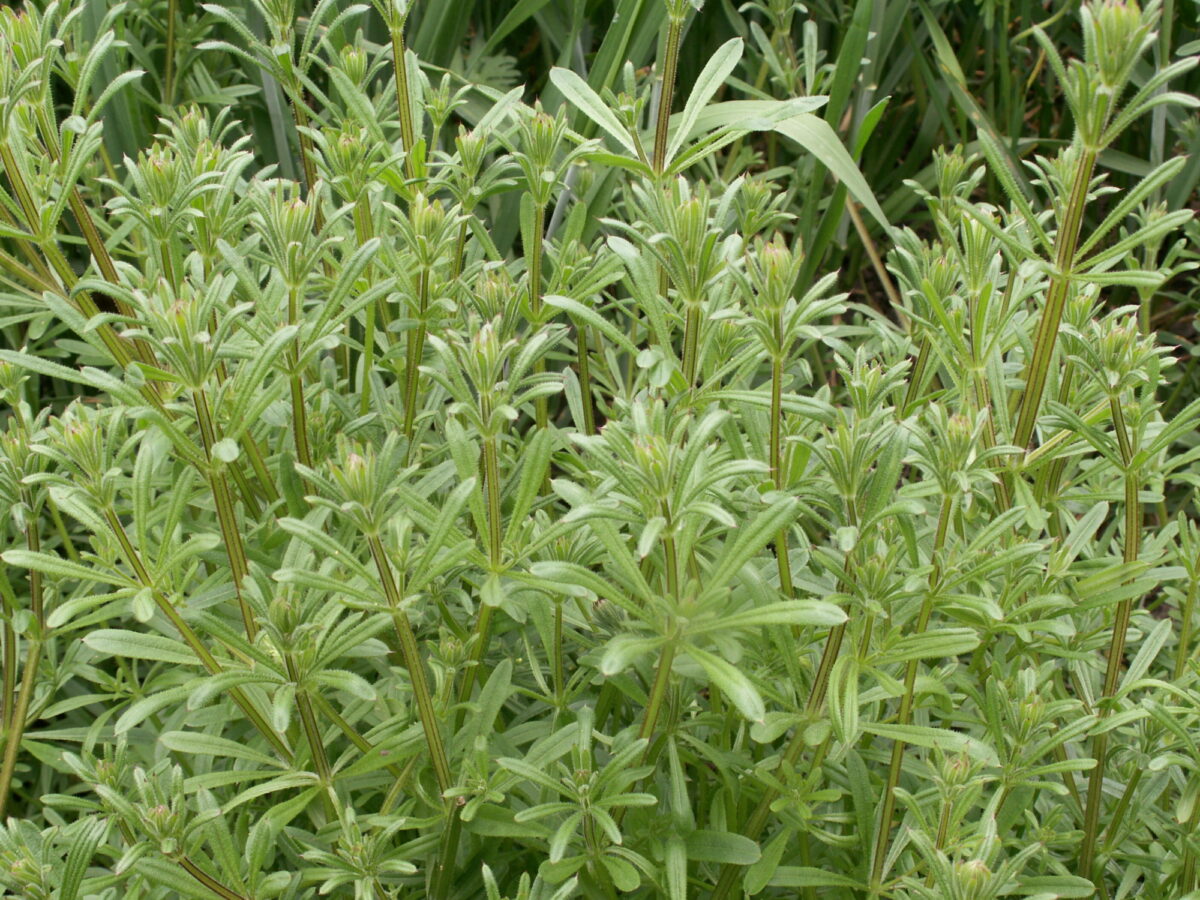Corn chamomile
Corn chamomile is a native annual, locally common on light arable land and waste places throughout the UK.
Common weeds
Corn chamomile is a native annual, locally common on light arable land and waste places throughout the UK.
Common poppy is an annual or overwintering weed native in arable land, roadsides, waste places and other disturbed habitats.
Common orache is a native annual weed with an erect to procumbent habit. It is found on disturbed and waste ground throughout the UK and is recorded up to 1,500 ft.
Common hemp-nettle is an annual weed sometimes plentiful on arable land, and in cornfields.
A native annual found on cultivated and wasteland throughout the UK. It is not recorded above 1,000 ft.
Common field-speedwell is a decumbent annual weed recorded on cultivated land throughout the UK.
Common fiddleneck or tarweed is an introduced annual weed. It is locally frequent in eastern England especially as a cornfield weed in the Breckland area of East Anglia, where it seems to be increasing.

Common chickweed, an annual or overwintering native plant, is one of the commonest weeds of cultivated land in the UK.
Common amaranth is an introduced annual found as a casual weed on cultivated land and in waste places.

Cleavers is a native annual found in fields and hedgerows. It occurs on most soils throughout the UK but prefers nutrient-rich sites.